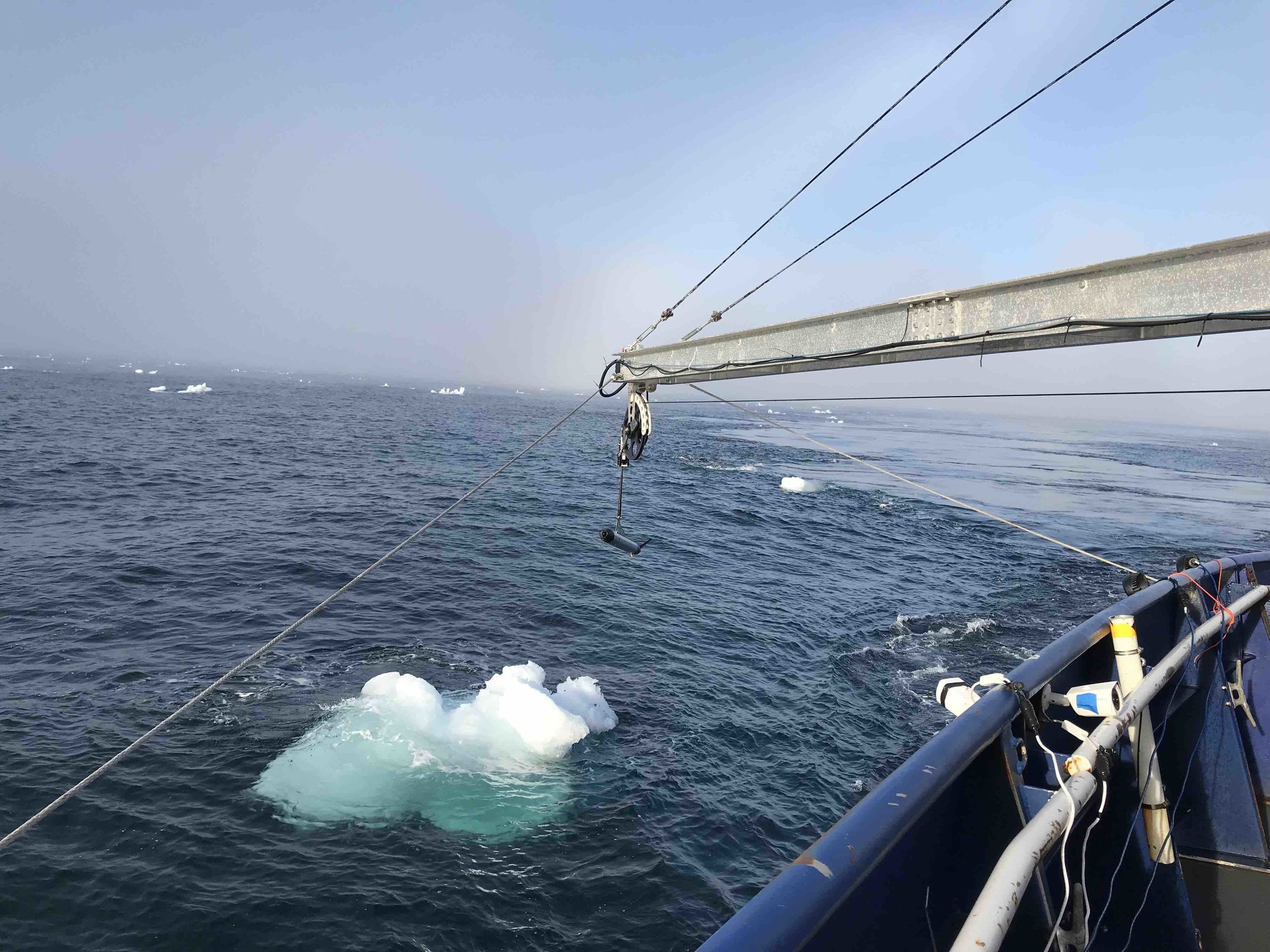The MOD group has long specialized in Doppler sonar techniques, pioneered over 30 years ago by Rob Pinkel and Jerry Smith. For about 20 years, Scripps’ flagship the R/V Roger Revelle has carried a one-of-a-kind such system, the Hydrographic Doppler Sonar System (HDSS). Unlike conventional Acoustic Doppler Current Profilers carried on most ships, the HDSS has much higher power and much narrower beams, allowing greater precision, finer resolution in the vertical and greater range. While the Revelle is in dry dock for her midlife refit, our group is taking the opportunity to remove the HDSS from her hull, modernize it and reinstall it.
Many long hours have been spent underneath the Revelle.
It is a massive job and we have now successfully removed the old system, which requires hard work and long hours beneath the enormous ship. Creating the new system, which will have still higher power and will eventually allow better removal of the ship’s rolling and tilting from the measured signals, has involved long hours by the Marine Physical Laboratory machine shop and painstaking work repotting the transducers and cabling them. The final installation will take place in August.
Wish us luck!












